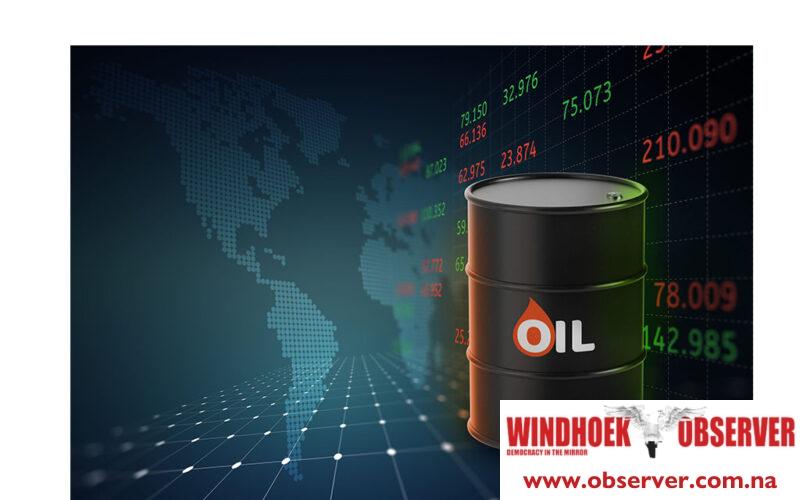CHAMWE KAIRA
Global oil prices are expected to exceed US$80 per barrel this year. Furthermore, Simonis Storm Securities has said for 2025, it anticipates that Namibia’s headline Consumer Price Index (CPI) will average around 4%, with core inflation stabilising at approximately 4.5%.
The firm said the outlook assumes relative stability in global markets and continued monetary easing domestically.
However, an expected increase in global oil prices, currently at US$77 per barrel, is projected to exceed US$80 per barrel, driven by heightened geopolitical tensions under the Trump administration.
“Such an increase may exert upward pressure on transport costs, with potential spillover effects on food, housing, and hospitality prices. Namibia’s recovery phase, alongside improving global and South African economic conditions, is set to create a supportive environment for investment opportunities across key asset classes,” the firm said.
On real estate, the firm said declining borrowing costs are expected to stimulate housing demand, creating opportunities for developers and investors. Both residential and commercial property markets are likely to benefit from improved credit affordability and renewed consumer confidence amidst economic recovery, the firm said.
When it comes to fixed income markets, Simonis said as interest rates approach their lower bound, longer-duration bonds present attractive return prospects.
“Investors stand to gain from locking in favourable yields, supported by stable borrowing conditions and continued rate cuts.”
The recovery phase is anticipated to drive cyclical demand for construction materials, spurred by increased industrial activity. Key projects, such as warehouse developments along the coast to support the burgeoning oil and gas sector, exemplify the sector’s potential, the firm said.
“The cyclical nature of construction aligns well with rising economic activity and improving credit conditions, making it an attractive investment avenue. Namibia’s recovery trajectory, coupled with a favourable monetary landscape, positions the economy for a promising 2025,” the firm said.
Simonis noted that inflation within this category eased to 5.9% year on year in December 2024, marking a significant improvement from 7.4% year on year in November 2023.
“This decline reflects the stabilisation of global commodity prices and the recovery of supply chains. Despite this overall improvement, critical staples such as meat and vegetables remain vulnerable to both global and domestic pressures. Notably, vegetable inflation saw a sharp decline, falling from 17.8% year on year a year earlier to 4.4% year on year, offering much-needed relief to consumers burdened by rising costs in prior months.”
Looking ahead on monetary policy projections, an additional 25 basis point rate cut in early 2025, reducing the repo rate to 6.75%, the firm said.
Simonis added that a likely pause in the easing cycle during the first half of the year is possible for, to allow time for the economy to adjust to recent rate cuts and for policymakers to assess inflationary developments.




